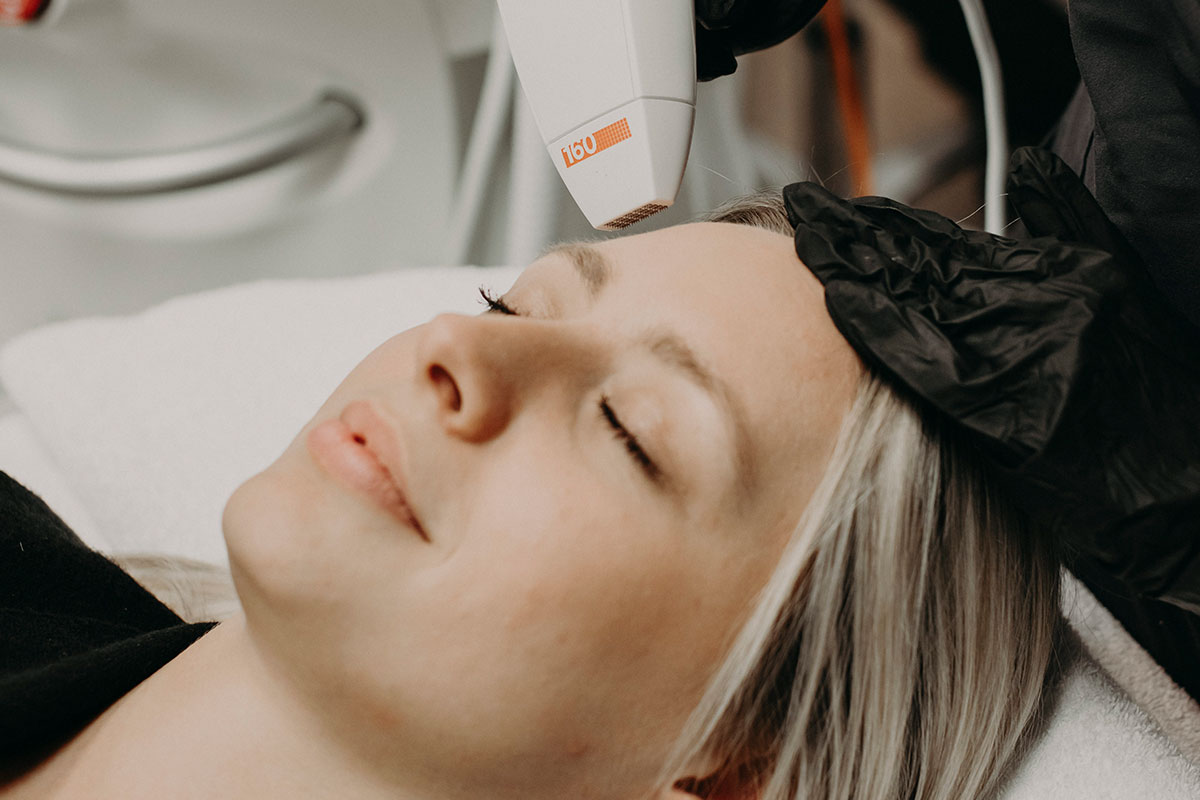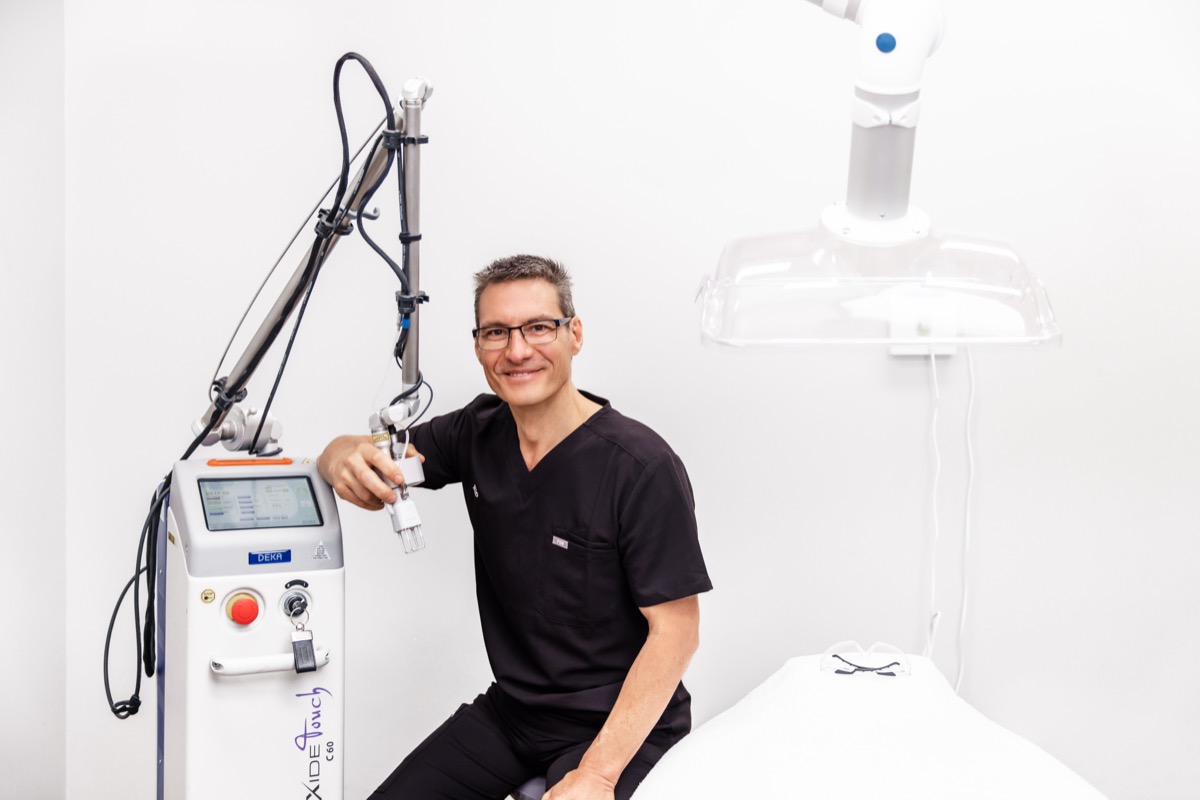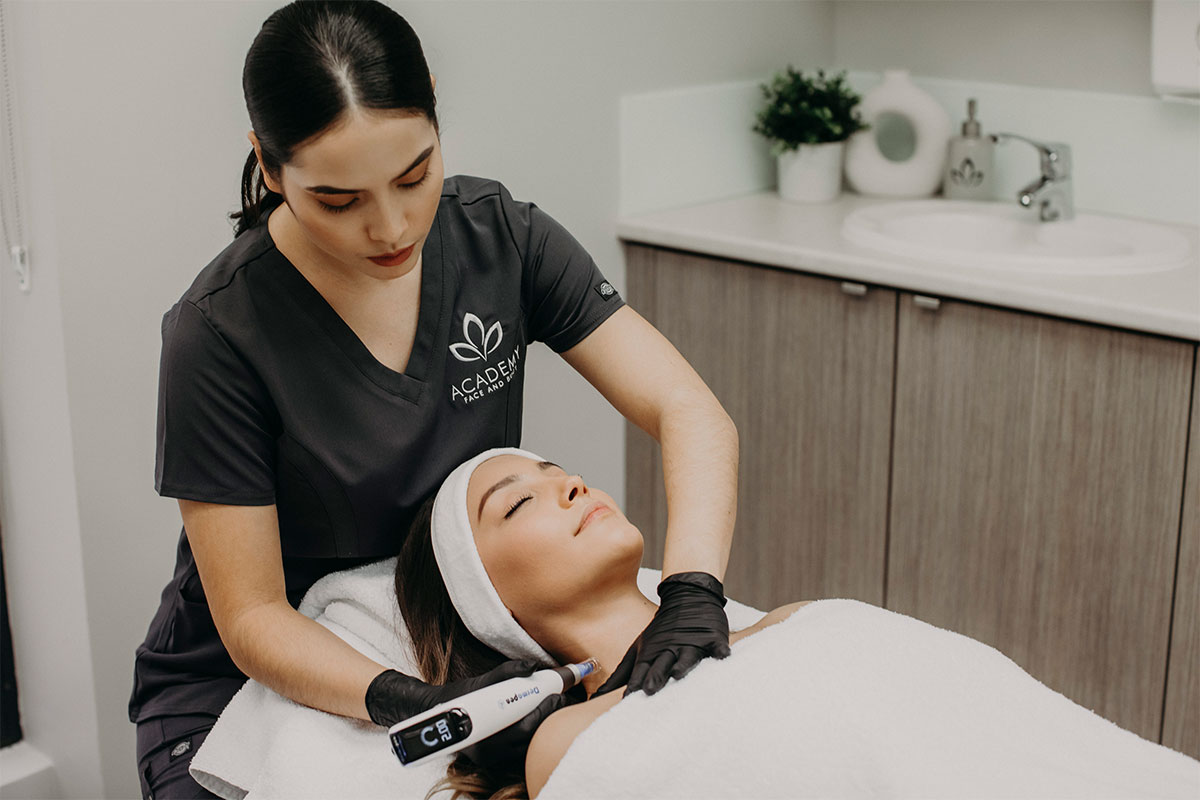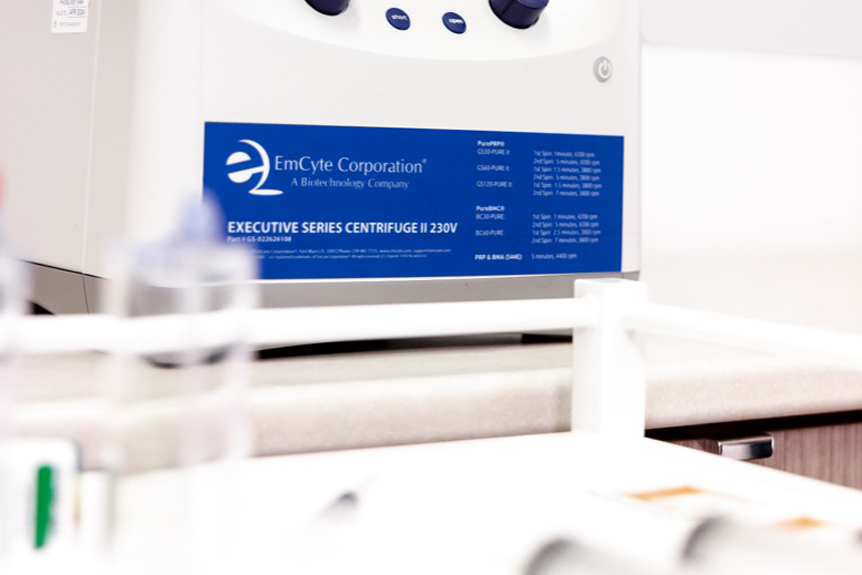Scarring
Scarring
skin injury or damage
Scarring is a common skin concern that results from the body’s natural healing process following injury or damage to the skin. Scars can form due to various factors, including surgery, trauma, burns, infections, or inflammatory conditions like acne.
While scars are a natural part of the healing process, their appearance can often be minimised with proper care. Treatments for scars include topical treatments like clinical peels, which can help flatten and soften scars, laser therapy, which helps to improve the colour and texture of scars by promoting collagen remodeling. Procedures like laser, microneedling and dermabrasion, help to resurface the skin and reduce the appearance of scars.
Scarring is a multifaceted skin concern with various types and treatments. Understanding the underlying mechanisms and factors influencing scarring can help in managing and potentially minimising its impact on the skin.

At our Perth clinic, Academy Face and Body brings extensive expertise in facial aesthetic treatments, providing surgical, non-surgical, laser and dermal options tailored to diverse skin types and concerns. Commitment to skincare is crucial for maintaining skin health and addressing specific issues. Our dedicated team conducts thorough assessments to craft personalised treatment plans, ensuring your skin achieves its intended radiance.
WHAT IS SCARRING?
Various factors influence scarring, including genetics, age, skin type, and the location and depth of the injury. Some individuals are more prone to developing severe scars due to their genetic makeup. Younger skin tends to heal more quickly and robustly, which can sometimes lead to more noticeable scarring. Darker skin tones are more prone to developing keloid and hypertrophic scars. Areas with thicker skin or under more tension, like the chest or shoulders, are more likely to scar.
Scar tissue is different from normal skin tissue in several ways:
Appearance
Scars can be flat, raised (hypertrophic), or sunken (atrophic). They might appear as red, purple, brown, or white, depending on the stage of healing and an individual’s skin tone.
Texture
Scarred skin often feels different from normal skin—smoother or rougher, depending on the type of scar.
Sensations
Scars can sometimes cause discomfort, itching, tenderness, or even pain, particularly during the initial stages of healing or if nerves are involved.
Types of Scars
Atrophic Scars
These are depressed scars that sit below the surrounding skin, often seen with acne or chickenpox. They result from a lack of collagen during the healing process.
Hypertrophic Scars
These are raised scars that remain within the boundaries of the original wound, formed due to excess collagen.
Keloid Scars
These are thick, raised scars that extend beyond the original wound area, often continuing to grow after the wound has healed, caused by an overproduction of collagen.
Contracture Scars
These are scars that tighten the skin, which can restrict movement. They often result from burns and can affect muscles and nerves.
Stretch Marks (Striae)
These occur when the skin is stretched rapidly, such as during growth spurts, pregnancy, or significant weight changes, leading to tearing in the dermis.
RECOMMENDED
treatment options
At Academy Face and Body Clinic, we offer a comprehensive range of treatments to address scarring, tailored to meet individual needs and achieve optimal results. Our expert team uses advanced techniques and state-of-the-art technology to improve the appearance of scars, promoting smoother and healthier skin.
Topical Treatments and Skincare
In conjunction with our procedural treatments, we recommend medical-grade topical treatments to support scar healing and improve skin texture. Products containing ingredients such as silicone, retinoids, and vitamin C can help reduce the appearance of scars over time.
Personalised Treatment Plans
At Academy Face and Body Clinic, we understand that each scar is unique, and so is each patient’s skin. Our skilled practitioners conduct thorough consultations to assess your specific concerns and develop a personalised treatment plan. This approach ensures that you receive the most effective combination of therapies for optimal scar improvement.
Follow-Up Care
We are committed to supporting you throughout your scar treatment journey. Our follow-up care includes monitoring your progress and making any necessary adjustments to your treatment plan to ensure the best possible outcomes.
By combining our expertise with the latest advancements in scar treatment, Academy Face and Body Clinic is dedicated to helping you achieve smoother, clearer, and more confident skin.

VIVA FRACTIONATED RF
VIVA FRACTIONATED RF
MORE INFO
COREPEEL

TRADITIONAL CO₂ LASER (Dr Only)

SKIN NEEDLING
SKIN NEEDLING
MORE INFO
CLINICAL PEELS
CLINICAL PEELS
MORE INFO
PRP (PLATELET-RICH PLASMA)
Frequently Asked
Questions
Scarring
Scarring occurs when the skin repairs wounds caused by cuts, burns, surgery, acne, or other traumas. The body produces collagen fibres to heal the damage, resulting in a scar.
Common types include keloid scars, hypertrophic scars, contracture scars, atrophic scars (like acne scars) and striae (stretch marks).
Keloid scars extend beyond the original wound boundary and are more common in people with darker skin tones.
Hypertrophic scars are raised but stay within the wound’s borders.
Discover more
TREATMENTS
SKIN
Enquire Now
Connect with us for personalised assistance and support across our comprehensive range of services.
Leave us a message and we will get back to you as soon as possible.
For appointment changes, please call the clinic.

Schedule a consultation
consultation
If I am interested in cosmetic surgery, what now?
Your first step is an initial consultation with Dr Oates. During the consultation process, patients have the opportunity to gain a better understanding of the procedure, potential risks, post operative recovery and possible outcomes.
In accordance with AHPRA guidelines, we require all surgical patients, both medical and cosmetic, to obtain a GP referral before their consultation.
Complimentary Consultations
If you would prefer to explore our non-surgical aesthetic and dermal therapy treatments, we welcome you to schedule a complimentary consultation with one of our Dermal Therapists or Registered Nurses.
